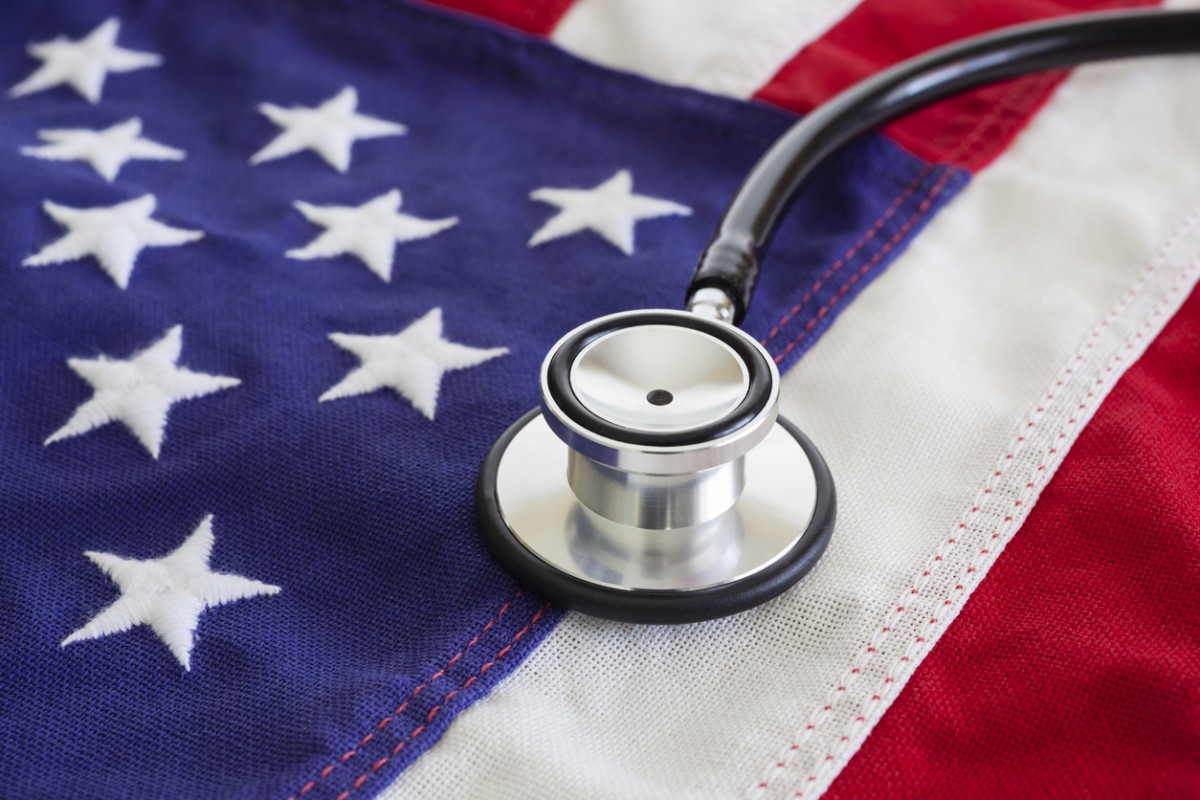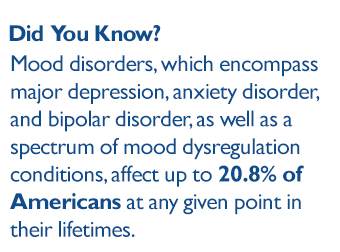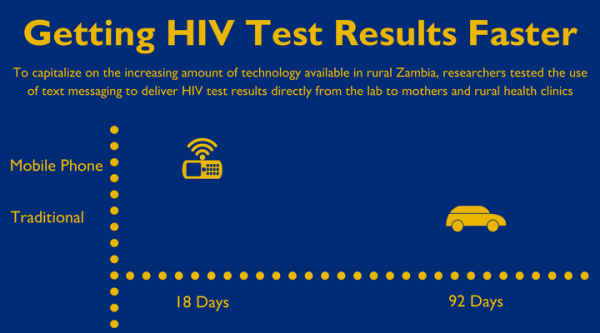Bridging Basic Research and Commercialization: Johns Hopkins Technology Ventures Forges the Path
Have you ever been working in the lab and developed a technique or an assay that you think could be marketable? Would you know what… Read More »Bridging Basic Research and Commercialization: Johns Hopkins Technology Ventures Forges the Path









